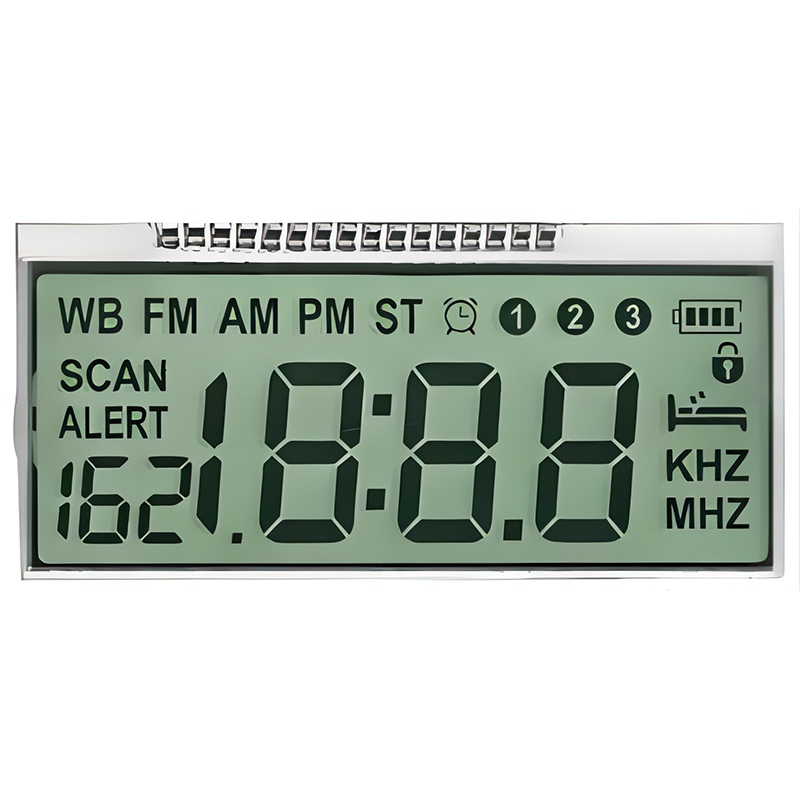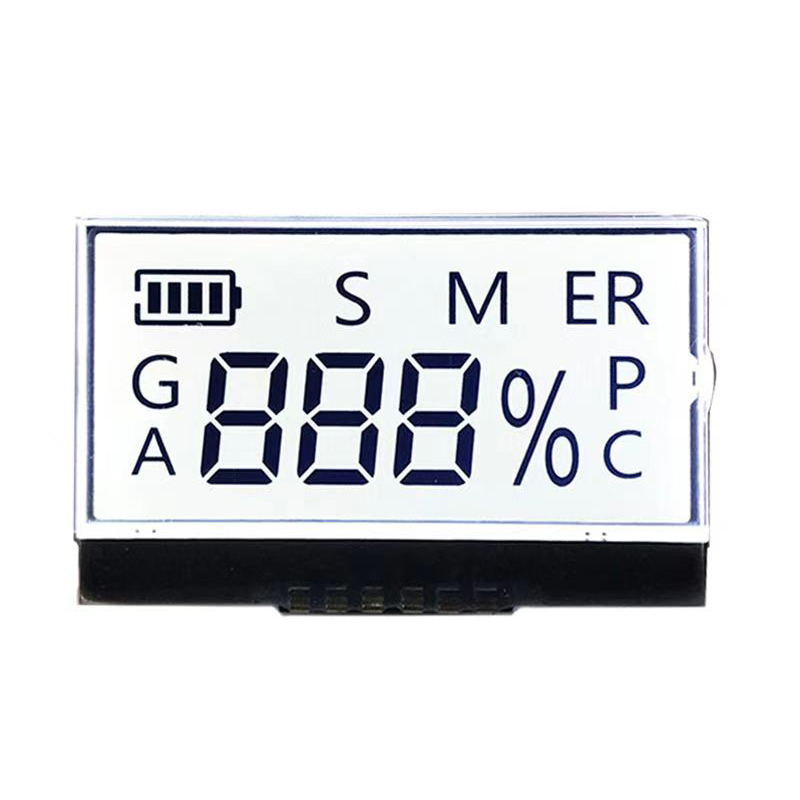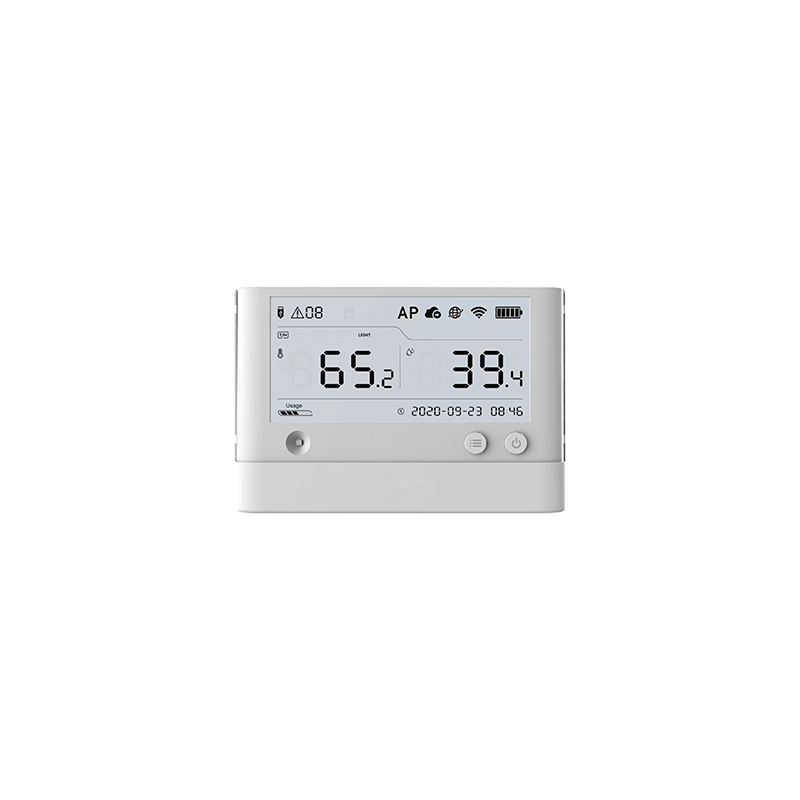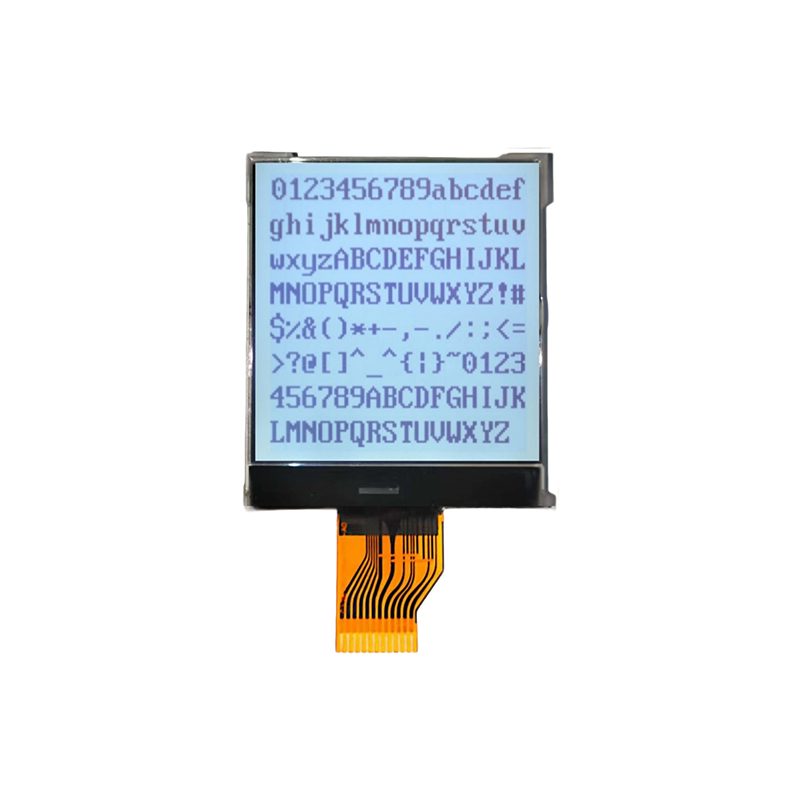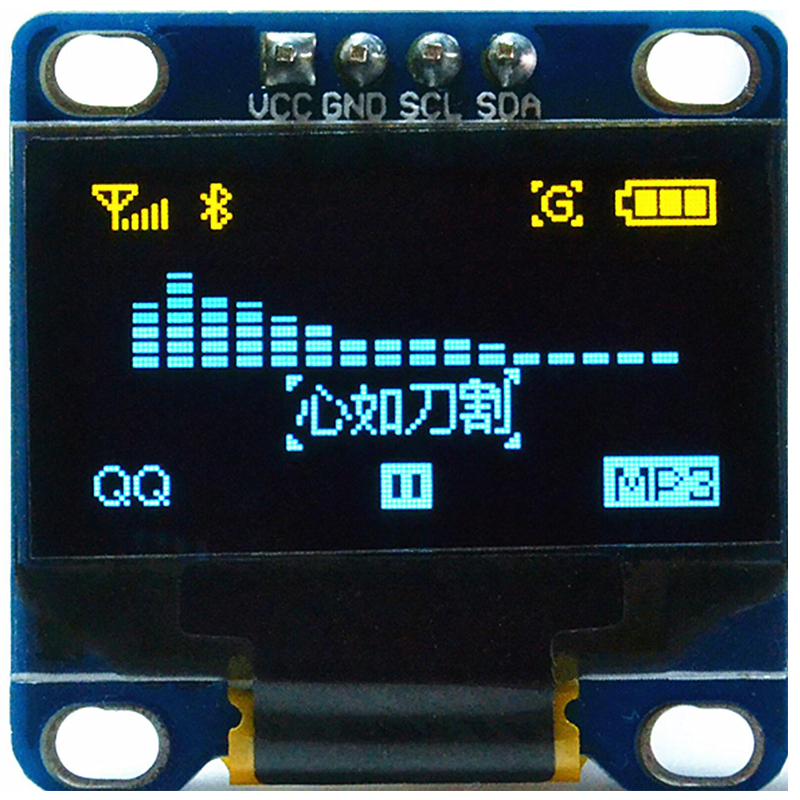
This comprehensive guide explores the intricacies of Samsung PLS TFT displays, delving into their technology, applications, advantages, and disadvantages. We'll cover key specifications, compare them to other display technologies, and provide insights to help you make informed decisions when choosing a display for your needs. Learn about the factors influencing image quality, durability, and overall performance.
Samsung PLS (Plane-to-Line Switching) TFT (Thin Film Transistor) displays are a type of LCD (Liquid Crystal Display) technology developed by Samsung. They are known for their wide viewing angles, vibrant colors, and excellent image quality. Unlike traditional IPS (In-Plane Switching) panels, PLS technology boasts improved energy efficiency and higher brightness, making it a strong contender in various applications. The underlying technology utilizes a liquid crystal arrangement controlled by transistors on a silicon substrate, allowing for precise control of light transmission and creating the images we see.
One of the most significant advantages of Samsung PLS TFT displays is their exceptionally wide viewing angles. This means you can view the screen from almost any angle without significant color shift or contrast loss, a critical feature for collaborative work environments or shared viewing experiences. This is a significant improvement over older TN (Twisted Nematic) display technologies.
These displays often boast a wide color gamut, resulting in highly accurate and vibrant color reproduction. This makes them ideal for applications requiring high color fidelity, such as photo and video editing, graphic design, and gaming. Specific color gamut coverage (e.g., Adobe RGB, sRGB) varies depending on the specific Samsung PLS TFT display model.
Compared to some other LCD technologies, Samsung PLS TFT displays generally offer good brightness and contrast ratios, resulting in crisp, clear images even in brightly lit environments. The contrast ratio, which represents the difference between the brightest white and darkest black, is a key factor in image quality and depth.
Samsung has focused on improving energy efficiency with PLS technology. While energy consumption depends heavily on screen size and brightness settings, PLS panels generally consume less power compared to some alternative technologies, contributing to lower running costs and a smaller environmental footprint.
To better understand the place of Samsung PLS TFT displays in the market, let's compare them with other popular display technologies:
| Feature | Samsung PLS | IPS | TN | OLED |
|---|---|---|---|---|
| Viewing Angle | Excellent | Excellent | Poor | Excellent |
| Color Accuracy | Good | Good | Fair | Excellent |
| Response Time | Good | Good | Fast | Excellent |
| Power Consumption | Good | Fair | Good | Higher |
| Price | Mid-range | Mid-range | Low | High |
Note: The above table provides a general comparison; specific performance may vary depending on the individual model and manufacturer.
The versatility of Samsung PLS TFT displays makes them suitable for a wide range of applications, including:
Selecting the appropriate Samsung PLS TFT display requires considering factors like screen size, resolution, response time, refresh rate, and specific features. Always check reviews and specifications to find the perfect match for your needs.
For high-quality LCD display solutions, consider exploring the offerings of Dalian Eastern Display Co., Ltd. They offer a wide range of displays for various applications.
Disclaimer: This information is for general guidance only. Specific specifications and features may vary depending on the particular Samsung PLS TFT display model. Always refer to the official Samsung documentation for the most accurate and up-to-date information.



